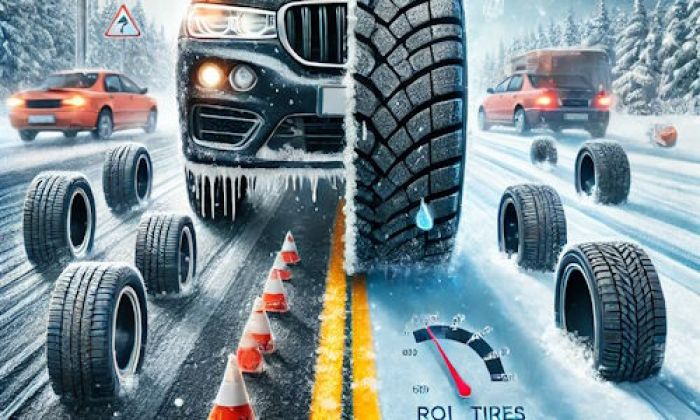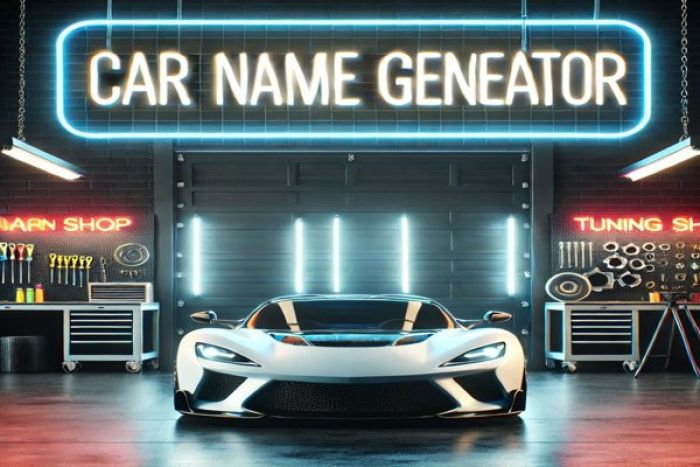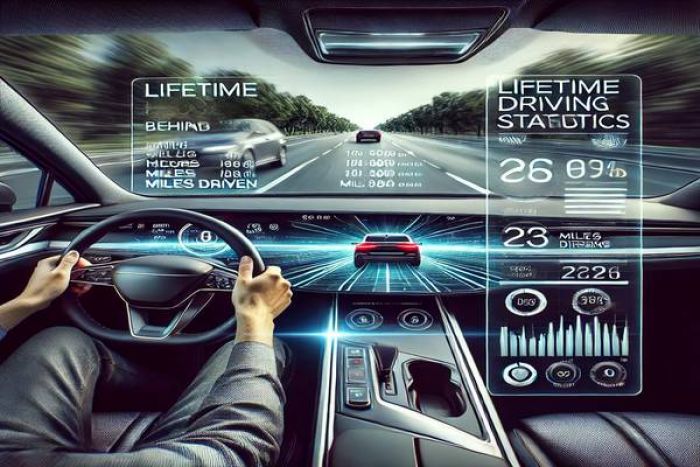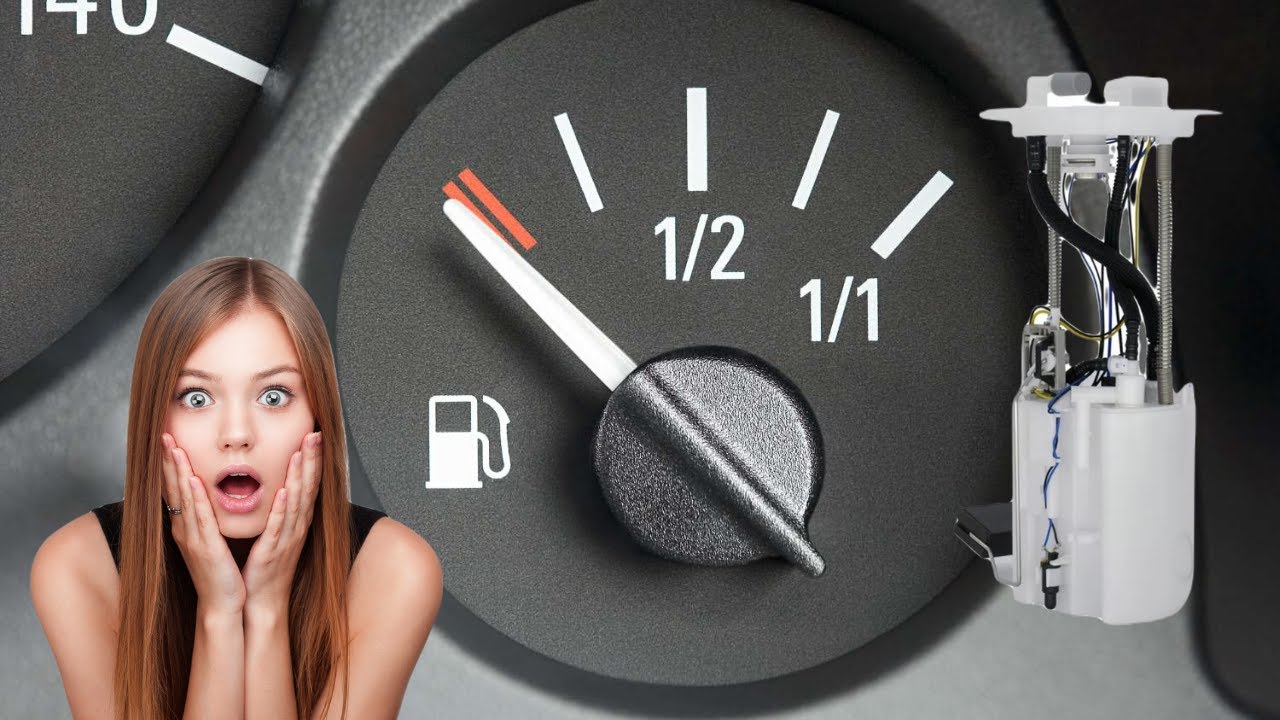Ford BlueCruise is an advanced driving assistance system (ADAS) that provides hands-free functionality on certain pre-registered roads, known as blue zones. The hands-free driving works by combining adaptive cruise control with stop-and-go, lane centering, and speed sign recognition. This system is already available in the latest Ford vehicles, but what about the Mustang Mach-E?
BlueCruise is available in any Ford Mustang Mach-E from later than the 2021 model year. The 2023 Mach-E will ship with an updated version of the system, BlueCruise 1.2, that won't be available to prior models for now. However, Ford has announced that the update will eventually be coming to existing Mach-Es through an over-the-air update.
.jpg)
As a hands-free driving system, BlueCruise comes with many features that improve your driving experience. Keep reading to find out how BlueCruise works in the Mach-E, as well as the advantages this system will provide you with.
What is Ford BlueCruise?
BlueCruise is a driver-assisting technology that provides a hands-free experience by taking control of the vehicle's features. It is a level 2 automation system, which means that the system is not fully autonomous and requires vigilance and occasional input from the driver. In the case of BlueCruise, the system requires the driver to pay attention to the road and ensures this through a driver-facing camera.
The system is available on pre-registered roads and highways called Hands-Free Blue Zones. The system currently has extensive coverage of over 130,000 miles of North American roads.
How Does Ford BlueCruise Work?
BlueCruise only works on pre-selected highways that have been mapped out in the system. When you are on one of these highways, the system will inform you by lighting up the dashboard display with a blue light. This lets you know that the BlueCruise is enabled and you can activate hands-free driving.
Once the light is on, you can activate BlueCruise through the dashboard. When the system is active, the instrument panel will turn blue. This informs you that it is safe to take your hands off the wheel.
When the light on the dashboard turns green, it means the system has detected a situation that requires your attention and needs you to take control of the steering wheel.
1) Autonomous Driving
The Mach-E is a level 2 autonomous system, which means that it is not fully autonomous. Despite this, it provides reliable hands-free driving by combining adaptive cruise control with the lane-centering system.
Using the car's GPS and map data, the system can detect when the car is driving in a Blue Zone. When the system is active, it will take total control of the car.
The system monitors the driver's alertness and will issue a warning if their eyes are no longer on the road. The system will cease operation and gradually slow down the car if it detects that the driver is not paying attention to the road. As a semi-autonomous system, it still requires a certain amount of driver input.
2) Driver Input
BlueCruise is a level 2 automation system that requires occasional driver input, and constant driver attention. While the system is useful for keeping the car moving on pre-approved roads, it is not capable of responding to sudden hazards.
In some situations, the driver is required to touch the steering wheel, or make a decision for the system. The system also uses eye-tracking to ensure that the driver is paying attention to the road.
While the system is generally autonomous, the driver can still issue commands to the vehicle by tapping the turn signal to initiate lane switching in BlueCruise 1.2.
The driver is also able to take control of the vehicle whenever they wish.
Features of Ford BlueCruise
BlueCruise comes with many features that make driving a more convenient experience. Some of the features it offers also allow improve safety and assist the driver in safely operating the vehicle.
1) Tracks Driver Alertness
One of BlueCruise's safety features is tracking the driver's alertness. The system does this using a driver-facing infrared camera.
By tracking driver alertness, the system ensures that the driver is not distracted or does not fall asleep at the wheel. This keeps the driver alert in situations where the system requires driver input, such as when there is a hazard on the road.
2) Lane Centering
Lane centering uses the car's forward-facing cameras to detect the lane markings and keep the vehicle located in the center of the lane. The Mach-E has two different lane-centering modes.
Hands-free mode allows the car to take full control of the vehicle, while Hands-on Lane Centering mode allows the driver to keep control of the vehicle but allows the car to make adjustments to keep the car centered within the lane lines. Hands-on Lane Centering mode works on most roads that have visible lane lines.
Hands-on mode is indicated by a green light, rather than a blue light. The system will also require both hands to be on the steering wheel.
Features of BlueCruise 1.2
Ford has continued to provide support for BlueCruise by adding updated features and updating the number of available Blue Zones. Newer Mach-E's will ship with the advanced BlueCruise 1.2. Ford has announced that they plan to bring this update to older systems via an over-the-air update.
BlueCruise 1.2 comes with the typical BlueCruise assistive driving features, as well as three new features that increase the system's functionality and help to create a more human-like hands-free experience.
Here are the three new features that come with BlueCruise 1.2:
- Lane Change Assist
Lane change assist is a new feature that will automatically perform a lane change for the driver. The driver can instruct the vehicle to perform a lane change by simply tapping the turn signal. The vehicle can also suggest a lane change through the display if the vehicle is stuck in slow-moving traffic.
- Predictive Speed Assist
Predictive speed assist will adjust the speed of the car when it approaches sharp curves. This helps to improve cornering. The system will give the driver ample notice that a speed change is about to occur.
- In-lane Repositioning
In-lane repositioning adjusts the position of the vehicle to keep it centered in its lane. It also improves safety by subtly repositioning the car away from other vehicles, especially larger ones.
Advantages of BlueCruise
If you're considering whether BlueCruise is worth the cost of activation, then you'll need to know what advantages the system offers over unassisted driving.
While most drivers are familiar with some assisted driving features, BlueCruise combines available assistive driving features into a semi-autonomous system that benefits the driver in many ways.
- Improves Safety
The assistive driving features help the driver keep the vehicle safe. Even when using the system in hands-on mode, it keeps the car between the lanes, allowing the driver to
With newer features like in-lane repositioning, the car can create a safe distance between itself and potential hazards like large vehicles in nearby lanes.
The system also emphasizes safety by ensuring that the driver remains alert and vigilant.
- Reduces Driver Fatigue and Strain
Hands-free driving helps to reduce the mental and physical fatigue of driving, especially during long road trips. While the system won't allow the driver to take a nap in the front seat, it can allow them to take a much-needed break from driving.
Reducing the driver's fatigue keeps them mentally alert and more capable of driving the car in a safe manner when their input is needed.
- Convenience
Autonomous driving is a convenience that can't be taken for granted once you've experienced it. The system works very well and is good at driving in a human manner under normal conditions. This makes driving more convenient for the driver, especially on long trips.
The hands-on lane-centering is also a convenient feature that allows the driver to focus on obstacles and moving the car from A to B without having to fuss over staying centered on a lane.
Price
While the system comes included in the newer Mustang Mach-E models, the feature is not provided for free. The software will be provided as a subscription service. The subscription will cover the cost of updates and the continual mapping of additional Blue Zones.
Activating the software requires a payment that will also cover a three-year subscription. Once the three-year subscription expires, a yearly subscription will need to be paid.
Conclusion
Ford BlueCruise is an advanced driving assistance system that is available in the latest Ford vehicles, including the Mustang Mach-E. It is a level 2 automation system that requires occasional driver input and constant driver attention. Using a combination of adaptive cruise control, lane centering, and speed sign recognition it provides a hands-free driving experience.
BlueCruise comes uses hands-free lane centering to keep the car moving semi-autonomously. The newer version allows the vehicle to autonomously shift lanes at the driver's request. It also adjusts the speed of the vehicle when approaching corners and can reposition the car within the lane to avoid large vehicles.
About the authors
The CarAraC research team is composed of seasoned auto mechanics and automotive industry professionals, including individuals with advanced degrees and certifications in their field. Our team members boast prestigious credentials, reflecting their extensive knowledge and skills. These qualifications include: IMI: Institute of the Motor Industry, ASE-Certified Master Automobile Technicians; Coventry University, Graduate of MA in Automotive Journalism; Politecnico di Torino, Italy, MS Automotive Engineering; Ss. Cyril and Methodius University in Skopje, Mechanical University in Skopje; TOC Automotive College; DHA Suffa University, Department of Mechanical Engineering






Add comment